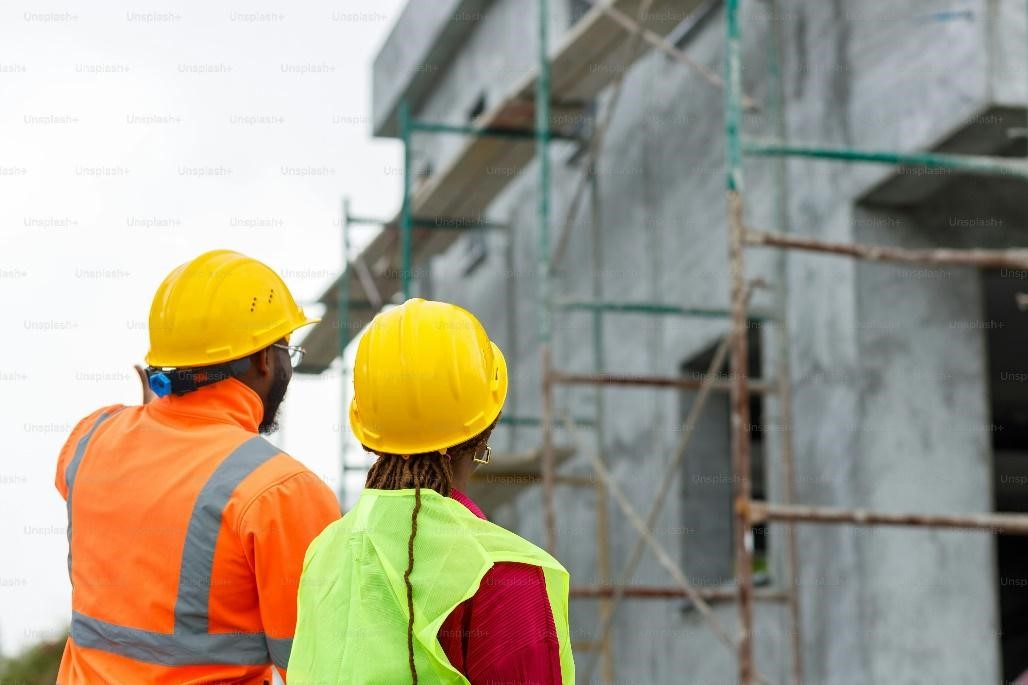
In 2024, the main debate in the construction sector is whether to go for an in situ concrete cast or buy the precast structures that fit your requirements. While the installation’s ease and durability may compel you to go for the second one, factors such as transportation and handling may require you to reconsider your decisions.
This blog post included some major pros and cons of precast concrete to help you make an informed decision and choose the right option according to the needs of your construction project. Let’s dive in to learn more.
Exploring Key Benefits and Potential Challenges of Precast Concrete
Let’s break this section down and explore whether precast concrete is the right option for your next project or whether conventional approaches are better.
Precast Concrete Advantages to Consider
Quality Assurance Before Delivery
Experts experiment and specify the ingredients and raw material concentration for each product. Then the manufacturing process is carried out in a precise manner to create products as required by the customer. In the end, the finished product is closely checked for deformities and then the product is sent out for delivery. In short, from raw material to the finished product, the factory has several professionals working in the plant to ensure that only the highest quality goods are delivered to the customers.
Time-Saving Approach at Construction Sites
Traditionally, when the concrete components are prepared at the construction site, the workers have to wait several days to let it dry and verify its strength before fitting at the required place. However, the precast concrete is prepared well in advance, and all the quality assurance tests are conducted before delivery. Meanwhile, the engineers and workers can complete their mandatory on-site tasks. Therefore, the workers can immediately get started with their main project upon receiving the precast concrete components.
Safety Benefits for Workers and Community
When a major task of casting concrete is shifted to an industrial setup, there is a considerable reduction of workload at the main site. There is no need to bring lots of tools or create piles of raw materials at the construction site. Moreover, the precast blocks are easy to lift without needing many tools or a workforce as compared to the in-situ manufacturing process. The area remains clutter-free for workers and nearby residents which ultimately mitigates the safety concerns at the under-construction areas.
Precast Concrete Disadvantages to Consider
Additional Transportation Cost
If you prefer precast concrete, the blocks have to be transported from the factory to the main construction site which adds additional cost. This cost gets considerably high if the factory is far from the main location. However, it often gets balanced when you compare it with the delivery cost for forms and raw material for in-situ concrete casting. Moreover, delays in delivery due to poor road infrastructure can result in your money being wasted.
Prone to Damage During Transportation
Whether you are getting street lamp footings or concrete slabs, the finished products are heavy and there is always the risk of damage due to poor handling, even on site. The poor road conditions and inadequate handling of the finished product during transportation as well as loading on or off the products are the main reasons behind the delay of the construction works because the product gets damaged and becomes unfit to use. So, make sure that only the experienced workers, with proper crane or forklift licenses, are dealing with those particular tasks.
Installation Process May be Challenging
Unlike the conventional approaches, in the case of using precast concrete during the construction of buildings, different units are placed together to create a complete structure. However, the joints between the individual units are critical points marking the structural discontinuity. So, if they are not insulated properly while installing precast concrete units, it can impact the integrity of the overall structure. Make sure to hand over the project to experienced builders who will verify the sturdiness of each corner of your new place.
Final Words
In conclusion, the advantages of precast concrete easily outweigh the challenges that can arise during the construction project with in-situ concrete handling. Precast concrete is a sustainable and durable choice that helps you save time especially when there is a strict timeline to complete the project. Moreover, the high-quality blocks eliminate the safety concerns on construction sites. On the other hand, there are still some disadvantages that can be easily handled with appropriate planning and handling of concrete products.





